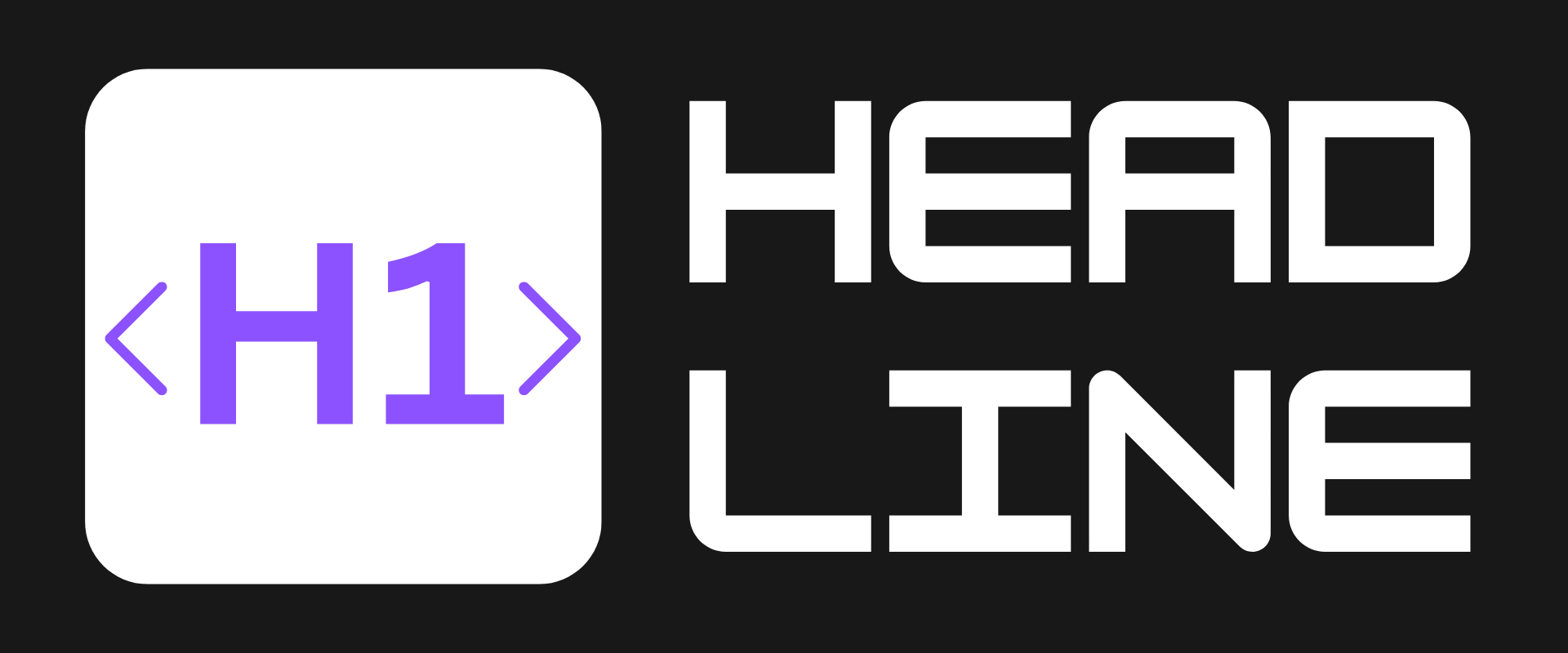Is China’s DeepSeek R1 the Silent Killer of OpenAI’s AI Dominance?

China’s AI underdog just leveled up—and it’s doing it without fanfare or Western chips. DeepSeek, the Chinese startup that stunned Silicon Valley earlier this year with its open-source reasoning model, has quietly dropped an upgraded R1 AI that’sforms Meta and challenges OpenAI. No press releases, no keynote speeches—just a stealth release on Hugging Face. But this isn’t just another model update. It’s a direct shot across the bow of U.S. AI supremacy. Let’s dive in.
🌍 The Problem: U.S. Chip Bans vs. China’s AI Ingenuity
- DeepSeek R1’s original release wiped $180 billion off Nvidia’s market cap in March 2024 by proving AI models could be built faster and cheaper than U.S. giants assumed.
- The upgraded R1 now ranks #3 globally on LiveCodeBench, trailing only OpenAI’s o4-mini and o3 models in reasoning tasks.
- Chinese tech giants like Baidu and Tencent are slashing AI compute costs by 50-70% to bypass U.S. semiconductor restrictions.
- DeepSeek developed its original model in 6 months—half the time of comparable Western projects.
✅ The Solution: Smarter Models, Not Just Bigger Chips
DeepSeek’s R1 upgrade focuses on what China does best: efficiency under constraints.
- ✅ Hallucination rates cut by 40% compared to previous version (per Hugging Face benchmarks)
- ✅ Math & code performance: Now matches Google’s Gemini in complex equation solving
- ✅ Open-source advantage: Free access on Hugging Face lets developers worldwide stress-test improvements
"This isn’t just catching up—it’s competing," says Hugging Face researcher Adina Yakefu. The model’s step-by-step reasoning mimics human logic, making it ideal for coding and data analysis tasks.
⚠️ The Challenges: Can China’s AI Thrive in a Chip-Starved Ecosystem?
- 🚧 U.S. export controls still block access to Nvidia’s latest H200 and B100 AI accelerators
- ⚠️ Software vs hardware race: Can algorithm optimizations offset inferior chips long-term?
- 🚧 Quality control risks: Rapid development cycles might sacrifice safety rigor
While Baidu and Tencent are redesigning models to run on older chips, experts question if this approach can sustain GPT-4-level innovation.
🚀 Final Thoughts: The New Rules of the Global AI Race
DeepSeek’s silent upgrade proves three things:
- 📈 Open-source models are now viable competitors to closed systems like ChatGPT
- 🌏 Geopolitics is reshaping tech: China’s AI sector is innovating because of restrictions, not despite them
- 💡 Efficiency matters more than raw power: Smaller, focused models could dominate real-world applications
But the big question remains: Can Western giants adapt to this new playbook—or will they keep throwing billions at hardware while China rewrites the rules? Sound off below—is this the beginning of a global AI power shift?
Let us know on X (Former Twitter)
Sources: CNBC. China’s DeepSeek quietly releases upgraded R1 AI model, ramping up competition with OpenAI, May 29, 2025. https://www.cnbc.com/2025/05/29/chinas-deepseek-releases-upgraded-r1-ai-model-in-openai-competition.html










